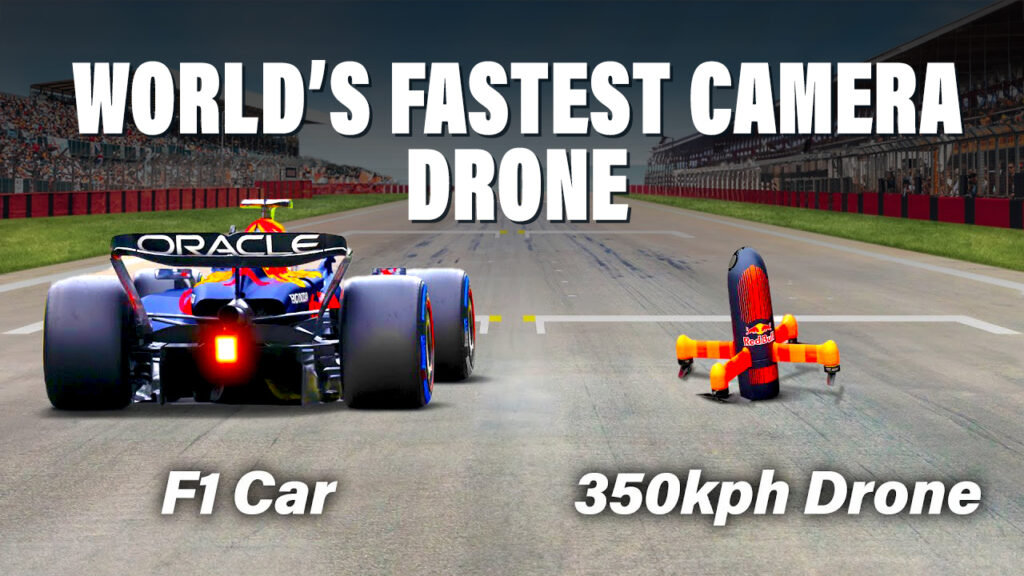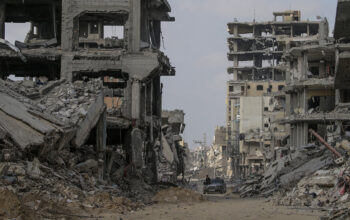With the ability to follow a F1 car over a full lap of Silverstone, the world’s fastest camera drone is changing the way we see the sport
February 27, 2024 at 13:45
 –>
–> 
–>
While many of us are excited about F1 returning to our screens this weekend, Red Bull was working on a new way to present the top flight motorsport to us. With the help of Dutch Drone Gods (DDG), the company has created the world’s fastest camera drone to follow its latest F1 car over a full lap of Silverstone.
Whereas the average consumer drone has a top speed of around 37 mph (60 km/h), to keep up with F1 World Champion Max Verstappen in the RB20, DDG needed to be able to reach a top speed of more than 217 mph (350 km/h).
That required the team to rethink how the drone was shaped, and with a little help from Red Bull Advanced Technologies, they landed on a, uh… distinctive design. Although the result isn’t the fastest drone of all time, it is the fastest ever used for filming. But allowing the rocket-shaped drone to reach high speeds wasn’t the only challenge.
advertisement scroll to continue
To film a lap of Silverstone in a single, unbroken shot, the drone also had to be able to slow down like an F1 car. For the propeller powered vehicle, that puts a strain on the system, and consumes a lot of battery power, which meant that the drone ultimately only had three minutes of flying time.
[embedded content]
Once it had been built, someone had to fly it, which was its own challenge. Pilot Ralph Hogenbirk (aka Shaggy FPV) was entrusted with the task, and wore a headset that showed him a low-resolution live feed from onboard the drone. He then had to manage the simultaneous tasks of flying it with a remote control, while adjusting the camera position with a foot pedal. And he had to do all of that while avoiding bridges and sign, and staying out of the turbulent air coming off the F1 car.
Read: Take A Flying Visit To Morgan’s 108-Year Old Factory With This Cool FPV Drone Tour
“It is a very challenging project to create a drone that’s fast enough to keep up and keep the car in full frame, whilst capturing the shot in an interesting way,” said Hogenbirk. “This was definitely the craziest shoot I’ve done so far.”
However, the results are undeniably “interesting.” Thanks to its ability to follow Verstappen over a full lap of Silverstone in the wet, the drone helps convey the speed and ferocity of F1 cars in a way that static shots from the ground struggle to replicate. Even former F1 driver, David Coulthard, was impressed.
“When you see the big, wide, shots you lose perspective on the speed of the car,” he said. “When you have the drone up close like that then you’re immersed in the whole experience. I’m sure in the not-too-distant future, we’re going to see this as part of our broadcast.”


